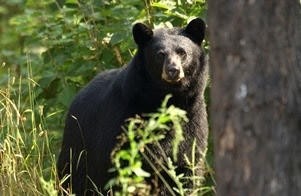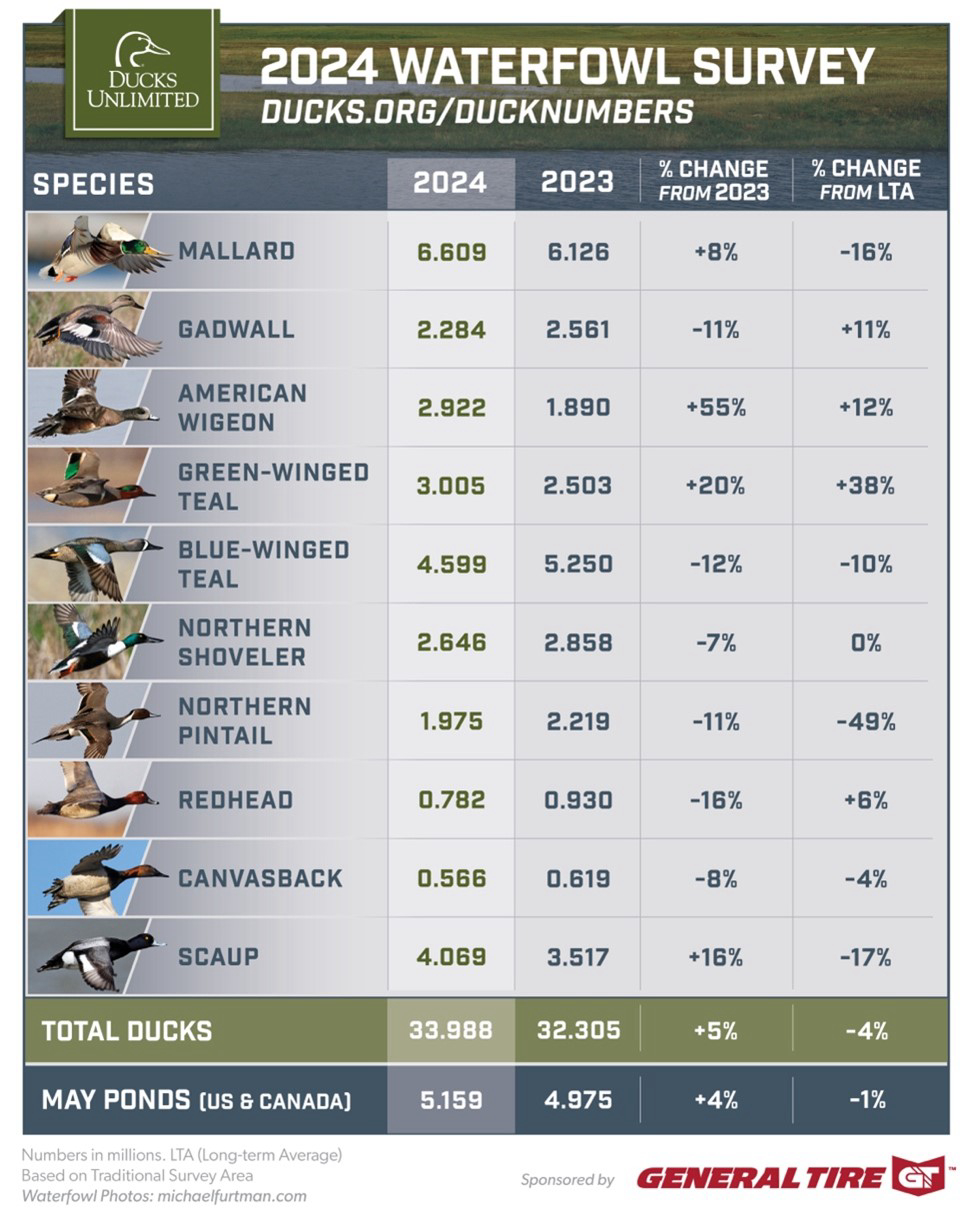Dancing birds and bear hair: Michigan surveys help track wildlife populations

The DNR uses many methods to monitor Michigan wildlife populations, and two of the more interesting wildlife surveys – involving a bird’s intricate aerial dance and snagging bear hair – are taking place across northern Michigan in May.
The American Woodcock Singing-Ground Survey is performed annually across much of the northern United States, giving wildlife agencies an idea of this migratory bird’s breeding populations.
Woodcock return to northern locations like Michigan – a national leader for the number of young woodcock produced each year – from their winter homes in southern Gulf Coast states to find a mate and breed. Spring, when their unique breeding behavior can be seen and heard in the evenings, is the perfect time to count them. Just after sunset, males can be found in their singing grounds, or grassy openings, making a nasal, insect-like call known as a “peent” every four to five seconds and performing their spiral display flights.The singing-ground survey is performed annually along more than a hundred 3.6-mile survey routes.
For the bear hair snare survey, locations across the northern Lower Peninsula are baited with bacon and donuts and surrounded by barbed wire. In order to reach the bait, a bear will cross the barbed wire and snag hairs, leaving a DNA sample behind. DNR staffers will visit 257 baited locations six times starting the week of May 27 to collect snagged bear hair and send it to the DNR Wildlife Disease Lab for analysis, which will assist with future bear population estimates.
Results from both surveys will help to determine harvest regulations for future hunting seasons. Read more about the woodcock and bear surveys.






